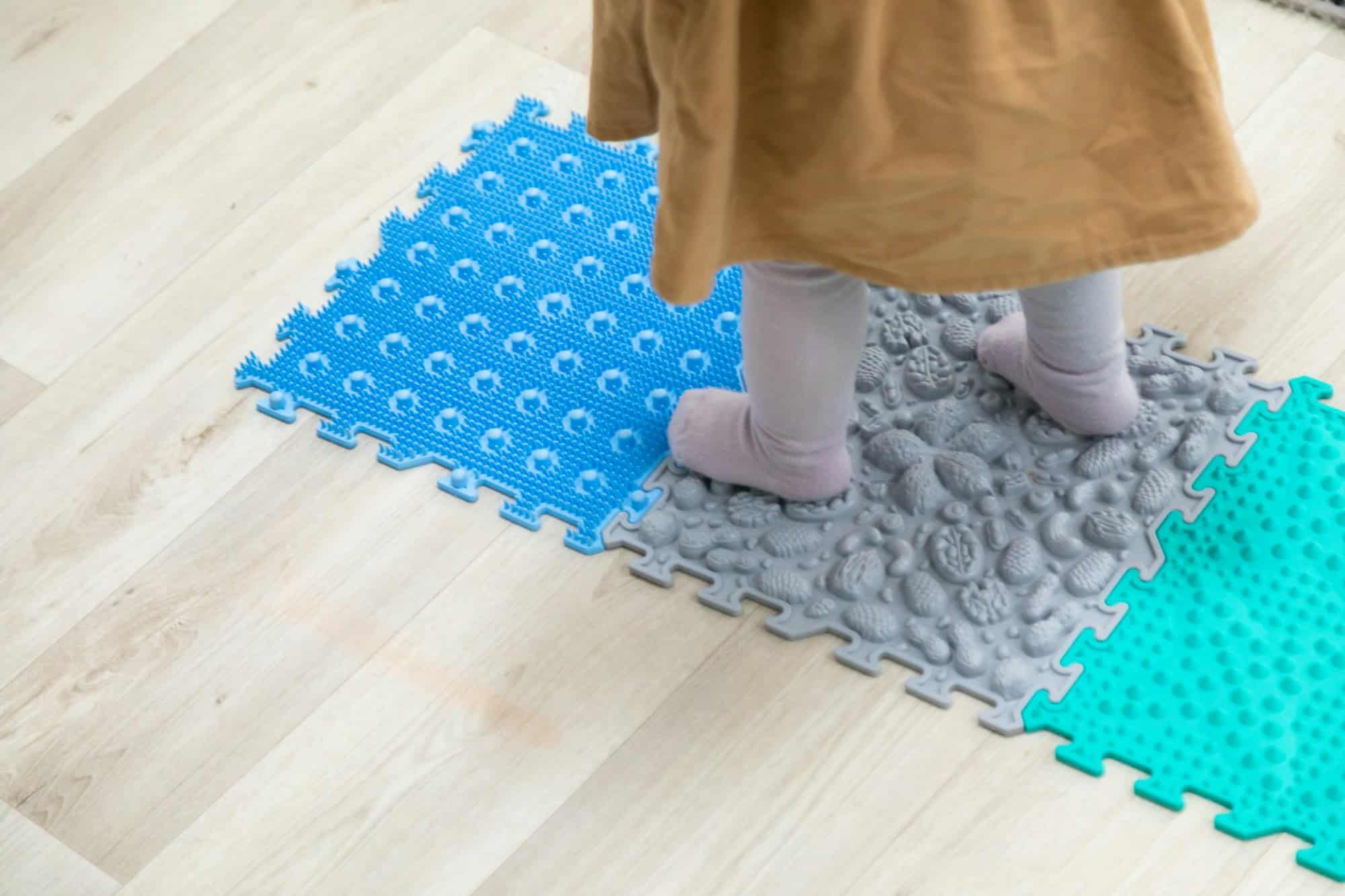How Can Sensory Playgrounds Benefit Child Development in the UK?

Your child’s play is more than just a way to pass time; it is an essential part of their development and learning. One such form of play that has been gaining attention in the UK is sensory play. Sensory playgrounds, equipped with various tools to stimulate a child’s senses, provide a ripe environment for children to explore and engage with the world around them. But what exactly are sensory playgrounds, and how can they benefit your child’s development?
Understanding Sensory Playgrounds
You might be wondering, "What exactly is a sensory playground?" To put it simply, a sensory playground is a space designed to stimulate a child’s senses. Unlike typical playgrounds, these are designed to offer a more inclusive play environment, as they incorporate elements that will engage not just the sense of touch, but also those of sight, smell, taste, and hearing.
Also read : What Are the Trends in Eco-Friendly Pet Products?
The equipment in a sensory playground is meticulously planned and includes a variety of activities that cater to a child’s various senses. This could range from textured pathways for tactile stimulation, to visually stimulating installations, auditory elements such as music stations, and more.
Enhancing Physical Skills
The mere act of play is already beneficial to a child’s physical development; the right playground can make it even more so. Sensory playgrounds don’t just provide fun activities; they also facilitate the honing of vital physical skills.
Also to discover : Unravel the surprises hidden inside the goated mystery box
The outdoor environment of a sensory playground offers ample space for children to move, climb, and explore. This helps in strengthening their gross motor skills, such as balance, coordination, and overall body strength. Even activities that may seem simple, like picking up small objects or manipulating different textures, contribute to refining their fine motor skills, which will prove useful in tasks like writing and self-feeding.
Fostering Social Skills
Sensory playgrounds are not just about individual play. They also offer a perfect setting for children to interact with others. These interactions are vital in developing your child’s social skills.
When children play with one another, they learn to communicate, share, cooperate, and negotiate. They become aware of their own emotions and those of others. These experiences act as building blocks for empathy, understanding, and emotional intelligence. For children who may find it challenging to socialize in typical settings, the inclusive design of sensory playgrounds provides a less intimidating environment to navigate social interactions.
Boosting Cognitive Development
The benefits of sensory playgrounds go beyond the physical and social realms. They also play a crucial role in your child’s cognitive development.
Sensory play encourages children to explore, experiment and make sense of the world around them. This stimulates their curiosity and enhances problem-solving skills. As they engage with different textures, sounds, and sights, they’re learning cause and effect, making connections, and building a basis for future learning experiences.
Supporting Inclusive Play
Perhaps one of the most significant benefits of sensory playgrounds is their capacity to provide an inclusive play environment. They are designed to cater to all children, regardless of their abilities.
Inclusive play is key to fostering acceptance and understanding amongst children from a young age. Children with different abilities playing side by side in a sensory playground will learn to appreciate each other’s strengths and individuality. Moreover, such playgrounds are equipped to cater to children with sensory processing issues, providing them with opportunities to engage in activities that can help in managing their sensory needs.
In the UK, the trend towards sensory playgrounds is growing, driven by an understanding of their immense benefits. As we continue to realise the importance of play in child development, sensory playgrounds serve as a testament to the potential of inclusive, stimulating, and engaging play environments.
Promoting Risky Play and Learning Development
Sensory playgrounds are also instrumental in promoting what experts call risky play. In contrast to the negative connotations associated with the term ‘risk’, risky play in the context of early years development is a vital learning experience.
Risky play refers to activities that allow children to recognize and navigate risk. This could include climbing a tall playground structure, balancing on a wobbly surface, or exploring an area of the playground they’ve never been before. Sensory playgrounds are carefully designed to facilitate such activities safely, thus allowing children to test their boundaries, learn from their mistakes, and develop resilience.
The benefits of risky play extend to learning development too. The process of assessing risk, making decisions, and dealing with consequences helps children develop critical thinking skills. As they navigate through various play equipment, they’re effectively learning to problem solve, make decisions, and think creatively.
The sensory element further enhances this learning experience. For instance, a child encountering a new texture or sound for the first time will initiate a process of exploration, questioning, and understanding – all critical aspects of cognitive development.
Special Educational Needs and Physical Activity
Sensory playgrounds also play a crucial role in supporting children with special educational needs. These playgrounds are designed to be inclusive, accommodating children of all abilities and providing them with a safe space to play and learn.
For children with sensory processing issues, sensory playgrounds offer tailored play activities that can help them manage their sensory needs. By engaging with different textures, sounds, and sights, these children can gradually become more comfortable with various sensory stimuli.
In addition to cognitive and social benefits, sensory playgrounds also promote physical activity. Even simple playground activities like swinging, climbing or running can contribute significantly towards a child’s daily physical activity requirement. Regular physical activity is key to maintaining a healthy lifestyle, preventing obesity, and promoting overall well-being, making it a crucial aspect of child development.
Conclusion
In the ever-evolving landscape of early child development, sensory playgrounds have emerged as a dynamic solution that caters to the multi-faceted needs of children. They are a testament to how playgrounds can be more than just places for children to play.
By providing a myriad of sensory stimuli, these play spaces encourage children to engage with their surroundings in a more holistic manner, promoting their physical, cognitive, and social development. The emphasis on inclusive play and the support for special educational needs make sensory playgrounds a powerful tool for fostering acceptance and empathy from a young age.
With their clear benefits, it is evident why sensory playgrounds are gaining popularity in the UK. They represent a progressive approach towards children’s play, painting a promising picture for the future of early learning and development. As we move forward, the concept of sensory play is likely to continue shaping the way we understand and facilitate children’s play.
